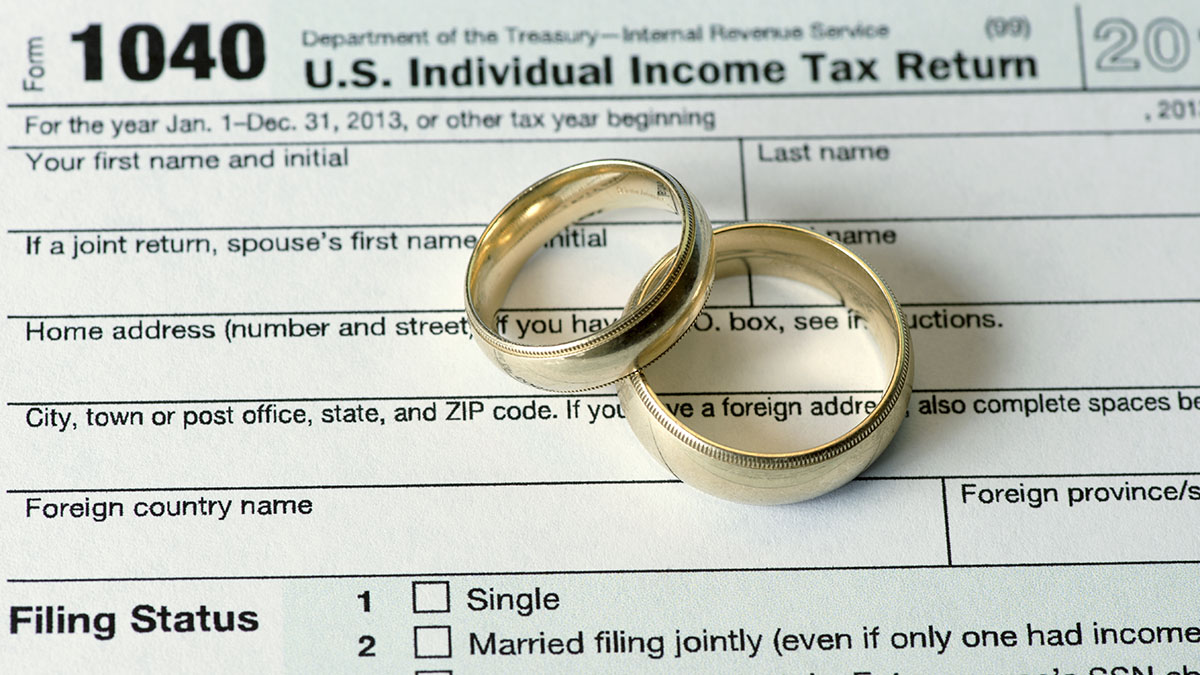When an individual owes back taxes to the IRS and cannot afford to pay the entire amount (or any amount) they must enter into a “collection alternative” or a “currently not collectible” status. Collection alternatives include either an installment agreement (monthly payments) or an offer in compromise (settlement). Whereas, currently not collectible, more of a temporary hardship status, means the individual is unable to make any payments at this time (but should be able to in a year or so).
In either case, there is a good chance the IRS will require a look at your current financial position by reviewing your assets (home equity, cash, retirement, etc.), monthly income, and monthly expenses. The asset and income portion of the inquiry is fairly straightforward (although there are some wrinkles).
Where it gets tricky (for taxpayers) is determining their “allowable” monthly expenses. In speaking with IRS Agents throughout the past few years, I have heard on several occassions that individuals understate their monthly expenses. Accordingly, I felt a quick blog post might be helpful to those individuals trying to resolve their tax issues pro se (pompus lawyer-speak for “on their own”).
What are Collection Financial Standards?
Collection Financial Standards are set in place to ensure the IRS does not leave a taxpayer without enough money to survive. The funny thing (maybe) is that the IRS essentially creates these standards…although, the IRS does rely on “credible” data in making its decision (this seems reasonable because even the Bankruptcy Court pulls from these IRS created standards). Back to my point, the standards are created by using aggregated government data that aims at creating a “reasonable” living standard. Here is a list of where some of the data comes from:
- Bureau of Labor Statistics Consumer Expenditure Survey
- Medical Expenditure Panel Survey
- U.S. Census Bureau
- American Community Survey
- BLS expenditure data
These standards are either national or local. National standards are used throughout the country and do not change based on the city or state you live in. Local standards are more tailored to where you reside (think of the cost of living in San Diego vs. Kansas City).
{{cta(‘019ce958-d37e-45c6-a4b3-a81b04320d5b’)}}
Let’s Look at the National Standards First…
The majority of collection financial standards fall under the “national standards” category and are used throughout the country. Here is a list of each of them (current as of 2017).







